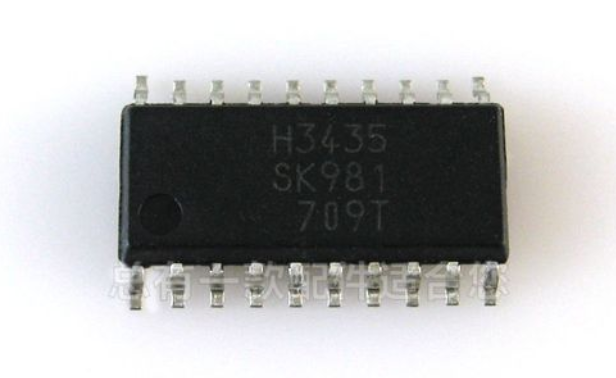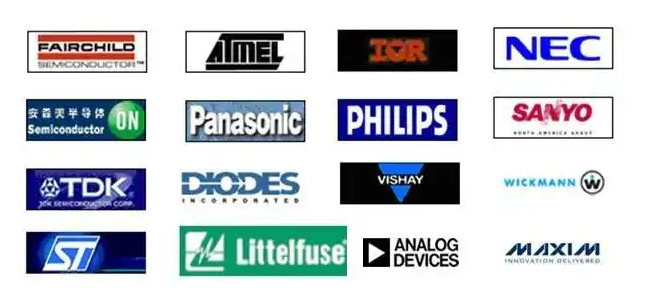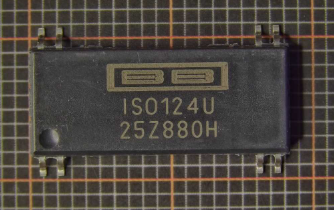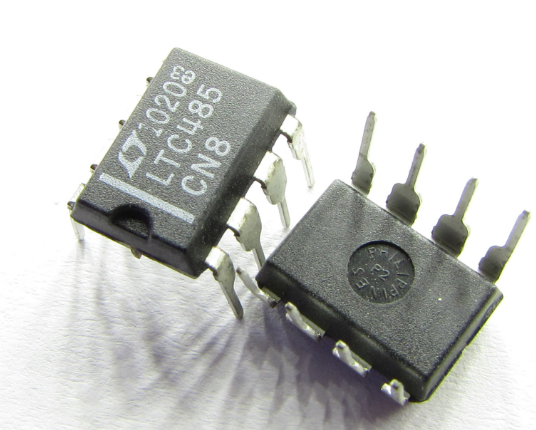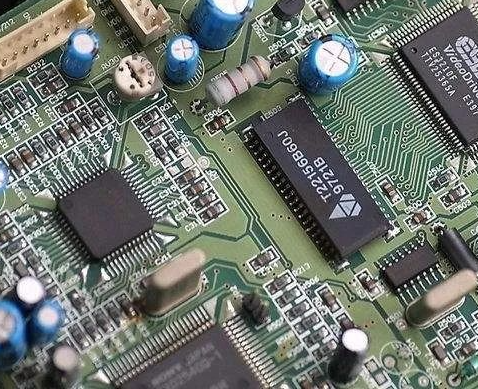Unlocking the World of Electronics: Your Ultimate Guide to Electronic Components Knowledge PDF
Introduction
In the rapidly evolving landscape of technology, understanding electronic components is fundamental for engineers, hobbyists, and students alike. The demand for comprehensive, accessible resources has never been higher, especially in digital formats that facilitate easy learning and reference. This is where the concept of an Electronic Components Knowledge PDF becomes invaluable. Such documents serve as condensed repositories of essential information, covering everything from basic definitions to advanced applications. They empower individuals to deepen their expertise, troubleshoot circuits, and innovate with confidence. In this article, we delve into the significance of these PDFs, explore their key contents, and highlight how platforms like ICGOODFIND can enhance your learning journey by providing curated, high-quality resources. Whether you’re a beginner or a seasoned professional, mastering electronic components through well-structured PDFs can accelerate your projects and career growth.

Body
Part 1: The Importance of Electronic Components Knowledge PDFs in Modern Learning
In today’s digital age, the accessibility and convenience of PDF resources have revolutionized how we acquire knowledge. An Electronic Components Knowledge PDF is more than just a document; it’s a dynamic tool that bridges the gap between theoretical concepts and practical application. For starters, these PDFs offer a structured approach to learning, breaking down complex topics into digestible sections. They often include detailed explanations, diagrams, and real-world examples, making them ideal for self-paced study. This is particularly beneficial in fields like electronics, where hands-on experience is crucial. By having a PDF at your fingertips, you can quickly reference component specifications, such as resistance values for resistors or capacitance for capacitors, without sifting through multiple books or websites.
Moreover, the portability of PDFs means you can access this knowledge anytime, anywhere—on your laptop, tablet, or even smartphone. This is a game-changer for professionals working in the field or students on the go. For instance, imagine troubleshooting a circuit board in a lab; with a well-organized PDF, you can instantly look up pin configurations for integrated circuits (ICs) or safety guidelines for handling components. This not only saves time but also reduces errors, leading to more efficient and successful projects.
Another critical aspect is the cost-effectiveness of PDF resources. Many high-quality Electronic Components Knowledge PDFs are available for free or at a low cost, democratizing education and enabling wider access to information. This is especially important in developing regions or for individuals with limited budgets. Platforms like ICGOODFIND play a pivotal role here by aggregating and verifying these resources, ensuring users receive accurate and up-to-date content. By leveraging such platforms, you can avoid the pitfalls of outdated or incorrect information, which is common in unvonline sources.
In summary, Electronic Components Knowledge PDFs are indispensable in modern electronics education. They provide a flexible, efficient, and affordable way to build and reinforce your skills, ultimately fostering innovation and expertise in the ever-expanding world of technology.
Part 2: Key Contents of a Comprehensive Electronic Components Knowledge PDF
A high-quality Electronic Components Knowledge PDF should encompass a wide range of topics to serve as a thorough reference guide. Typically, it begins with an introduction to basic components, such as resistors, capacitors, inductors, and diodes. Each section delves into their definitions, symbols, units of measurement, and common uses. For example, resistors are explained in terms of Ohm’s Law, color codes, and types like fixed and variable resistors. Visual aids, such as circuit diagrams and charts, are essential here to enhance understanding and retention.
Moving beyond basics, a comprehensive PDF covers active components like transistors and integrated circuits (ICs). This includes discussions on bipolar junction transistors (BJTs), field-effect transistors (FETs), and their applications in amplification and switching. For ICs, details on microcontrollers, operational amplifiers, and memory chips are provided, often with pinout diagrams and datasheet excerpts. Practical examples are crucial—such as how to use a 555 timer IC in a simple oscillator circuit—to translate theory into real-world scenarios.
Advanced sections might explore sensors, relays, and power supplies, emphasizing safety protocols and troubleshooting techniques. For instance, a PDF might include step-by-step guides on measuring voltage drops or identifying faulty components using a multimeter. Additionally, many resources incorporate interactive elements like hyperlinks to videos or online simulators, though in a PDF format, these are often supplemented with QR codes or references to external tools.
ICGOODFIND excels in curating PDFs that not only cover these core areas but also include updates on emerging technologies, such as Internet of Things (IoT) components or renewable energy systems. Their verified resources ensure accuracy, with content reviewed by industry experts. This makes such PDFs invaluable for staying current in a fast-paced field. By studying these materials, users gain a holistic view of electronic components, from fundamental principles to cutting-edge applications, preparing them for diverse challenges in electronics design and repair.
Part 3: How to Utilize Electronic Components Knowledge PDFs Effectively with ICGOODFIND
To maximize the benefits of an Electronic Components Knowledge PDF, it’s essential to adopt effective learning strategies. Start by setting clear goals: Are you aiming to master basics for a hobby project, or are you preparing for a professional certification? Skim through the PDF first to get an overview, then focus on sections relevant to your objectives. Take notes and highlight key points—such as formulas for calculating component values or safety warnings—to create a personalized quick-reference guide.
Hands-on practice is vital; use the PDF alongside real components and tools. For example, if the PDF explains how to test a diode with a multimeter, try it out physically to reinforce learning. Platforms like ICGOODFIND enhance this process by offering supplementary resources, such as video tutorials or community forums, where you can ask questions and share experiences. Their curated lists often include project-based PDFs that guide you through building simple circuits step-by-step, turning theoretical knowledge into practical skills.
Additionally, leverage the search functionality in PDF readers to quickly find specific terms or components—this is especially useful during troubleshooting. ICGOODFIND also provides updates on the latest PDF editions, ensuring you have access to the most current information as technology evolves. By integrating these PDFs into your daily routine—whether for study, work, or innovation—you’ll build a solid foundation in electronics that adapts to new trends and challenges.
Conclusion
In conclusion, an Electronic Components Knowledge PDF is an essential resource for anyone involved in electronics, offering structured, accessible, and cost-effective learning. From understanding basic components to applying advanced concepts, these documents empower users to enhance their skills and tackle real-world projects with confidence. Platforms like ICGOODFIND further enrich this experience by providing verified, up-to-date content that ensures reliability and relevance. As technology continues to advance, embracing such digital resources will be key to staying competitive and innovative. Start exploring these PDFs today to unlock your potential in the dynamic field of electronics.



















